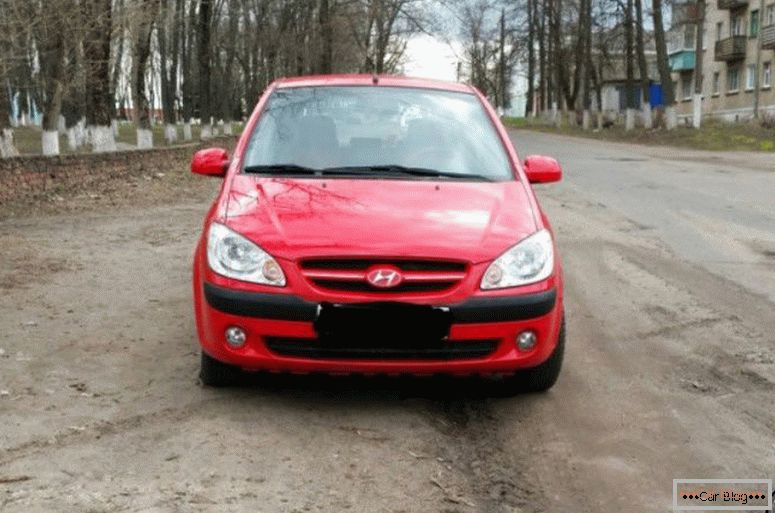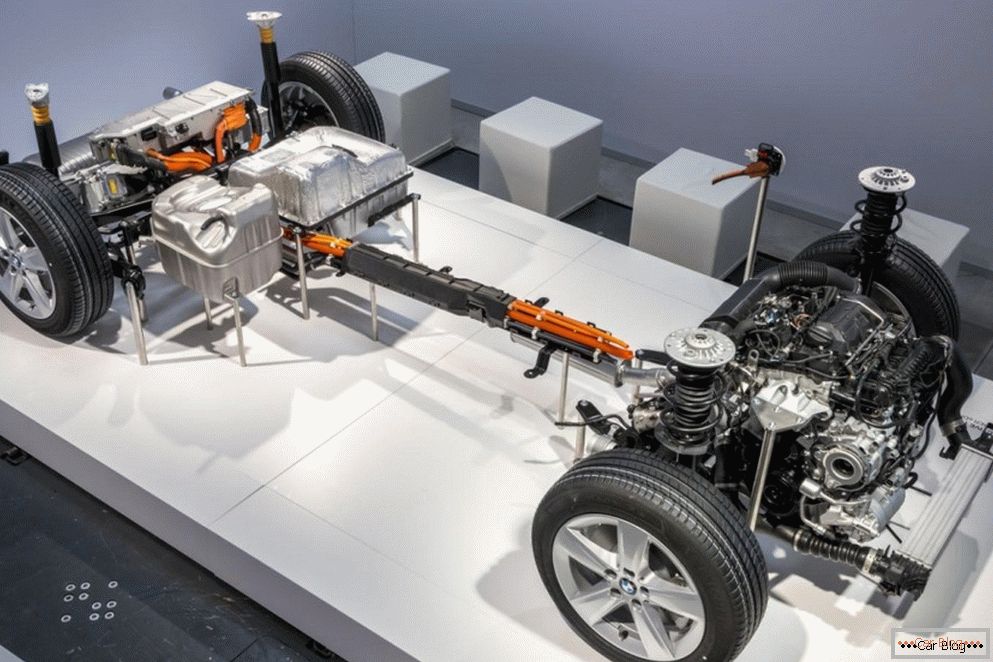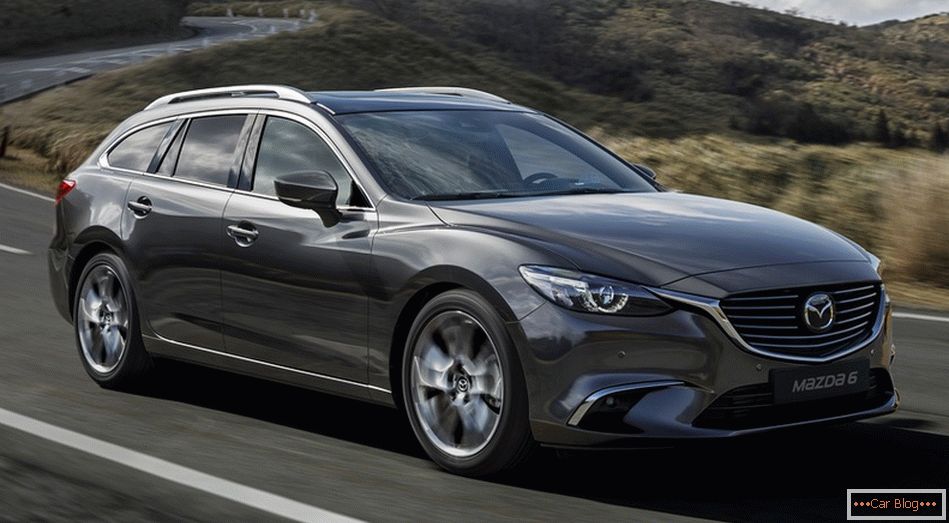>
Introduction
Many car owners who do not have a sufficiently large driving experience tend to believe that summer and winter tires differ from each other exclusively in the presence of studs, although in fact these types of tires have different quality tires. Designed for driving in the warm season, tires have a not so deep tread pattern that a car owner could confidently drive a car on a winter road. In addition, summer tires have tougher tires, they are unsuitable for use at temperatures below zero. Choose for winter should be exclusively high-quality winter tires, which, unlike the summer version, under the influence of frost will not harden, while adversely affecting the stability of the vehicle. A car with summer tires easily enters the drifts when cornering, the wheels slip and slip. It is advisable to make a "pereobuvka" vehicle in November to prepare in advance for the cold and icy conditions, to provide yourself and other road users with safety on the road. The following article will list several useful recommendations that will help each car enthusiast to choose for their movable property only high-quality winter tires, which is ideal for a particular brand of car.

High-quality winter tires - a pledge of safety on the winter road
Criteria for choosing the right one
Если автовладелец задумывается над тем, какие шины выбрать к предстоящему зимнему сезону, он должен знать о нескольких критериях, которым должен соответствовать приобретаемый товар. Итак, среди основных характеристик следует учесть:Читать далее о том, как правильно выбрать шипованные шины для авто-->
- Date of manufacture of the purchased product. No matter how strange it is, but this indicator should be the first to be considered when choosing winter tires. Special attention should deserve the tires that are bought in the automotive market or through an online store. As practice shows, employees of branded auto shops regularly look at the shelf life of the product, selling exclusively "fresh" tires. You should not stop the choice on tires which were made more than 6 years ago. Even despite the assurances of the seller in the high quality of the product, such a purchase should be abandoned, even if it is an order of magnitude less than other tires. The tires lying on the shelves lose their qualities, they are an order of magnitude worse than new products. When choosing you need to pay attention to the four digits that are responsible for the date of manufacture, for example, the number 1416 in decoding will inform the buyer that the goods were produced at the 14th week of 2016.
- Load index. Учитывая эту характеристику, автовладелец узнает о весе, который может выдержать одно колесо авто. Load index напрямую влияет на толщину каркаса. Делать выбор следует в сторону тех шин, которые имеют больший показатель, так как они будут немного толще остальных вариантов. При этом следует руководствоваться одним правилом: шины должны иметь показатель нагрузки, который равен 20–35% полной массы транспортного средства. Не стоит перестраховываться и выбирать покрышки, которые обладают большим индексом нагрузки, так как в противном случае будет потерян комфорт при движении авто. Вместе с тем более тяжёлые колёса будут негативно воздействовать на подвеску.
- Speed index. If the car owner is concerned about the choice of high-quality winter tires, he must know the speed index of his vehicle before the purchase, this information can be found in the instruction manual. On the tire itself, this indicator is most often located on the side, having a letter designation from “H” to “Z”. The smallest value that a car tire can have is the letter “N”, which will correspond to a speed of 140 km / h. It should be noted that each next letter will add 10 km / h to the indicator. At the same time, experts recommend buying tires on which there is the letter “S”, considering this option as the best tire.
- Wear resistance. Arguing over which rubber to choose for winter, you should always take into account the durability of the purchased product, this parameter is indicated by the word "Treadwear", which can have several meanings. The base coefficient is always indicated by the number 100, which will allow the car owner to actively operate the product the first 48 thousand km. Tires that relate to products above average, appear to be a factor of 400, thanks to him it is possible to drive 200 thousand km. If a car owner wants to choose high-quality tires that will last him more than one season, he should take into account the fact that tires always show reference mileage, which is designed to drive a car solely on smooth asphalt at medium speed. If the choice is stopped on tires that have a factor of 400, then such a product will last no more than 4 seasons.
Buying winter tires, which is based on the tread pattern
If it’s deep autumn, and the car owner still doesn’t know which winter tires to choose, among the huge list of car tire shops on the stands that are the same size and also made by the same manufacturer - he needs to pay due attention on the tread pattern. The future purchase should depend on such an important indicator, since there are different tread patterns for different driving styles. While one type of tire is ideal for high-speed driving, the other is able to provide the most tight grip on the road. Both versions of these tires are good, however, the second is not designed for extreme driving.
Without knowing what to stop the choice, you should consult with the seller, which will help you choose the most appropriate option. However, in no case should we forget about safety, while driving on slippery roads will not interfere with the ability to control the situation, confidently driving a car. When making a choice of winter tires, you should remember that the length of the stopping distance will depend on the purchased tires.

Russian motorists presented a wide range of studded rubber
The diversity of the protec- tors
Many car owners prefer to buy universal tires that have a symmetrical tread pattern. This type of tire has one major drawback - while driving on an asphalt surface, noise will increase. Such tire models are a relatively budget option. A more expensive version of winter tires has an asymmetrical projector, due to which the car goes a little quieter. On sale there are tires with directional and non-directional pattern. The first type of product helps the car owner to maintain the stability of the car on a wet road surface.
Three types of winter tires are considered the most popular among car owners:
- with non-directional asymmetric pattern;
- with directional symmetric pattern;
- with non-directional symmetric pattern.
Buying winter tires on the tread pattern, depending on the terrain
If it is necessary to choose winter tires, such a factor as terrain features should be taken into account by the car owner along with the previously listed indicators. If most of the time the car moves on city roads, then you should prefer tires with an asymmetric tread pattern. Due to the cleaned surface, such tires will emit minimal noise, although it is undesirable to drive them through the snowdrifts.
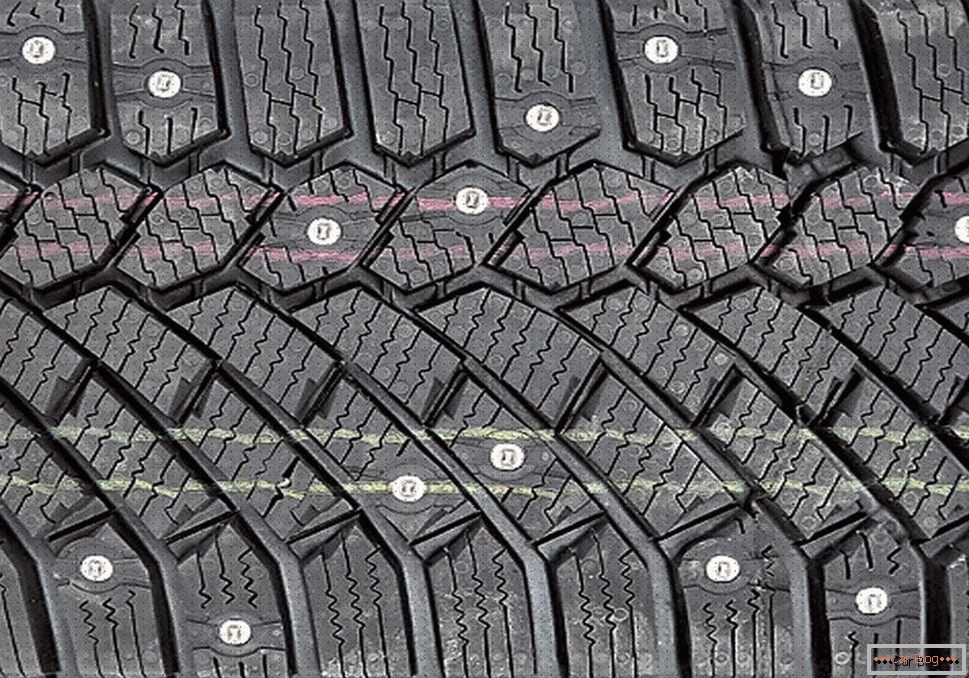
The choice of rubber with a non-directional tread should be made by those car owners who often drive off-road, overcoming sections of roads with shallow snow on their way. By the way, this type of tire is considered the best option, without creating a lot of noise while driving around the city, tires with non-directional tread will provide excellent stability on sections of roads with snow.
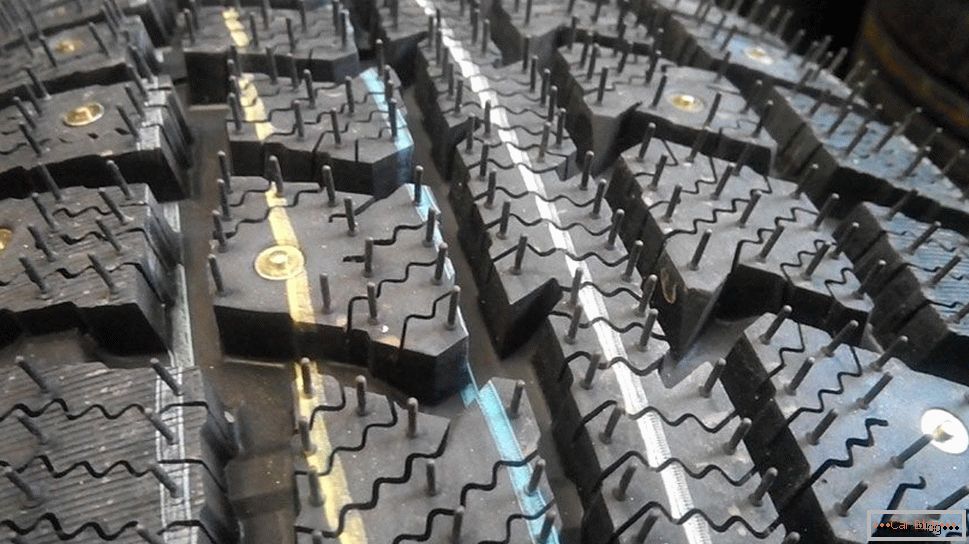
 Discounts for new cars! Profitable loan from 9.9% installments 0%
Discounts for new cars! Profitable loan from 9.9% installments 0%  adom.ru
adom.ru
It is necessary to choose a directional protector for driving in areas where snow is heavily rammed, there are high drifts turning into slush when the sun appears. Thanks to the aggressive pattern, good permeability is ensured, however, when driving in the city, the car owner may feel discomfort due to noise.

When should studded tires be preferred?
Studded tires will give the maximum effect only if they are equipped with all four wheels of the vehicle. Otherwise, when installing studded rubber only on the drive axle, it will become more difficult for the car owner to drive the car. This will increase the risk of getting into an accident on an icy road surface. The fact is that studded and not studded tires have completely different grip, and vehicle designers always create cars that have the same braking loads on driving and driven axles.
Features studded rubber
If the car owner doubts the feasibility of purchasing studded tires, he should consult with more experienced motorists. As practice shows, studded tires do not give such a large increase in safety, as advertisers say. Naturally, there are benefits from the spikes, it manifests itself while driving on icy or snowy roads, when the spikes help maximize the speed of the start and subsequent acceleration, while having a beneficial effect on the stability of the car.
However, studded tires have their drawbacks, for example, when driving on wet or dry road surfaces, resistance to drifts decreases and the stopping distance increases. On sale there are not studded tire models, which have no less indicator of stability. As practice shows, in operation, rubber exhibits its qualities, which has a pattern with transverse lamellae (“stickies”).
Each car owner must personally decide for themselves the issue of the need to purchase studded rubber. To do this, you should remember, at least approximately, the number of days that I had to travel on ice. If you make a choice in the direction of studded tires, the car owner will have to reduce the speed limit and be more careful to maneuver on winter roads.
Conclusion
After reading the above material, each car owner will be able to independently choose the type of winter rubber that will be most suitable for him and will last more than one season. Buying winter tires, you should not save on safety and forget about the durability of the product.

